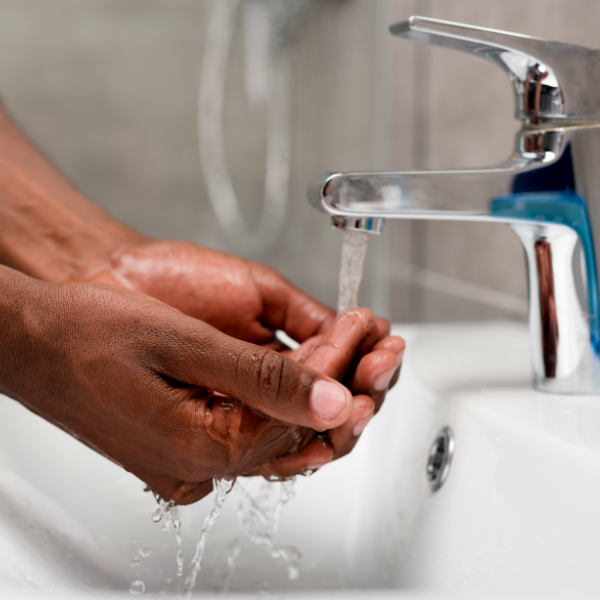5 mistakes that could be sabotaging your hand washing
Washing our hands has always remained a half-hearted personal hygiene affair for many of us. As a result, it has been thought of as a necessary evil rather than a fundamental necessity. But now, in this post Covid-19-world, effective hand washing using either an antibacterial soap or antibacterial liquid hand wash has become essential.
Hand washing has been the cornerstone of preventing the spread of various germs, diseases, and infections for decades.
Therefore, knowing the correct steps for proper hand washing are crucial in keeping you healthy and even helps prevent various respiratory illnesses such as cold & flu.
While everyone knows how to wash their hands effectively, unfortunately, most of us often need to pay more attention to the importance of hand hygiene.
Here are the most common mistakes that could be sabotaging your hand washing:
1. Not washing your hands more often
During the day, you come in contact with hundreds of touchpoints that can easily expose your hands to millions of germs and bacteria.
Once these microorganisms are on your hands, they can easily transfer into your body through your eyes, nose, or mouth.
Proper hand washing using warm water and antibacterial soap or antibacterial liquid hand wash is one of the best and most effective ways to eliminate these microorganisms. If water and soap are unavailable, hand sanitizer is an excellent option to kill germs on your hands.
It’s important that you wash your hands as often as possible and especially:
- After coughing or sneezing
- After going to the bathroom
- After returning from a public place
- After touching your pet or handling their food or waste
- Before and after preparing or eating food
Good hand hygiene has several benefits, including making the environment healthy, reducing bacteria's survival rate, and eliminating antibiotic resistance.
2. More soap for more lather
Another misconception about hand washing is that the more soap you use or lather you create, the more beneficial it will be. Just wet your hands with water (preferably warm) and then be generous with the antibacterial soap or liquid hand wash.
It’s ideal to use a quarter size amount of antibacterial soap or antibacterial liquid hand wash. Just lather up well to create friction that removes dirt, grease, and microorganisms from your hands.
You can properly clean your hands by effectively rinsing away those microorganisms only if you know these hand washing steps.
3. Not enough scrubbing
While you may save a few seconds by not scrubbing your hands completely and thoroughly, you unconsciously let bacteria remain alive.
Don’t forget to scrub the back of your hands, between your fingers, and especially under your nails. You should also keep your nails short to reduce the dirt that accumulates under your fingernails.
4. Not washing your hands long enough
Even though it is one of the most basic hand washing advice, many people ignore it. You can do everything right, but only if you take your time; otherwise, your hand washing will be in vain.
You must wash your hands with warm water and antibacterial soap or antibacterial liquid hand wash for at least 20 seconds.
5. Rinsing your hands more thoroughly
After all the lather and scrubbing, rinse your hands thoroughly with clean and running water (preferably warm) to ensure no residues on your hands.
Removing all the soap will also help reduce any risk of skin irritation afterwards. Remember! Practicing good hand hygiene is also an important tip for a healthy home.
